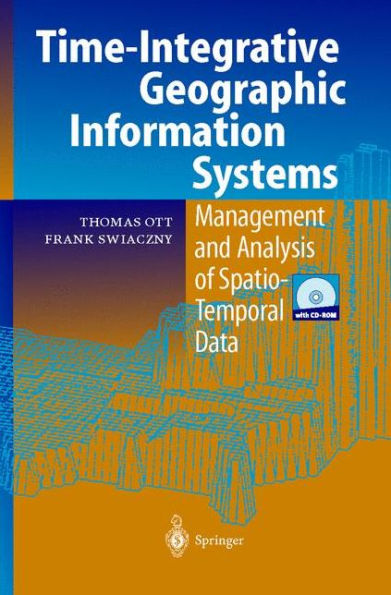5
1

Time-Integrative Geographic Information Systems: Management and Analysis of Spatio-Temporal Data
234
Time-Integrative Geographic Information Systems: Management and Analysis of Spatio-Temporal Data
234
109.99
In Stock

Product Details
| ISBN-13: | 9783540410164 |
|---|---|
| Publisher: | Springer Berlin Heidelberg |
| Publication date: | 03/26/2001 |
| Edition description: | 2001 |
| Pages: | 234 |
| Product dimensions: | 6.10(w) x 9.25(h) x 0.36(d) |
From the B&N Reads Blog
